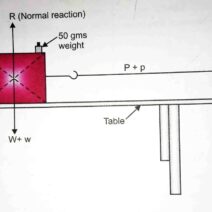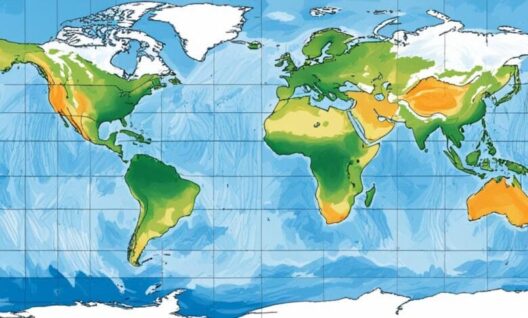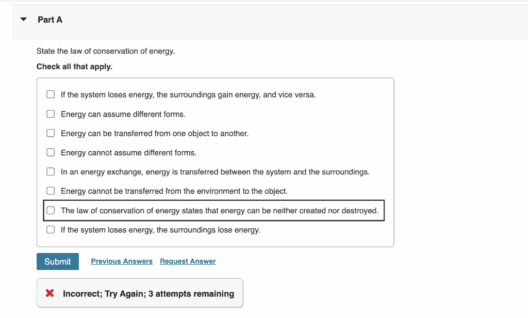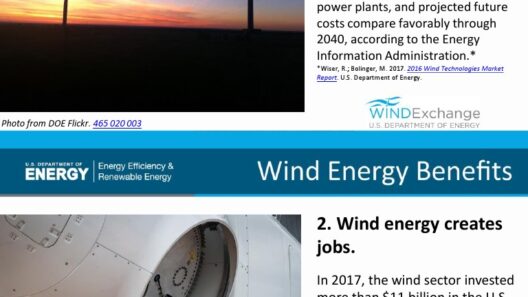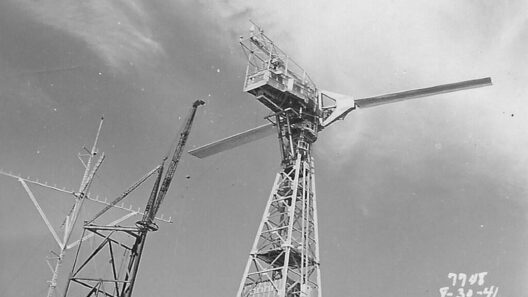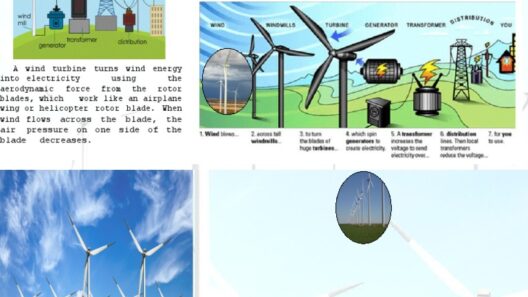Wind energy is a remarkable and powerful source of renewable energy that has been harnessed for centuries. As we strive toward a sustainable future, understanding the intricacies of how wind power generates electricity is paramount. This article provides a comprehensive exploration of the wind energy process, unraveling the science and technology behind wind power generation.
The Mechanism of Wind Power Generation
To grasp how wind energy generates electricity, one must first understand the primary component of the system: the wind turbine. These towering structures, often stationed in vast arrays known as wind farms, convert kinetic energy from the wind into mechanical energy, which is then transformed into electrical energy. The process begins with the wind itself, which flows as a result of atmospheric pressure differences caused by uneven heating of the Earth’s surface by the sun.
As wind flows over the blades of a turbine, it creates lift, causing the blades to rotate. This rotation is captured by an internal shaft connected to a gearbox, which enhances the rotational speed. The gear’s role is crucial, as it increases the rate at which the generator spins. The generator is a sophisticated device that operates on the principle of electromagnetic induction—when the rotor spins, it facilitates the movement of magnetic fields, thereby producing electricity.
The Role of Blades and Aerodynamics
Central to the efficiency of a wind turbine are its blades. Typically, modern turbines possess three blades designed to maximize aerodynamic efficiency. The shape and angle of these blades, often referred to as the airfoil, are meticulously engineered. By transforming wind energy into rotational energy, the blades also convert the wind’s force into torque, a critical factor in driving the turbine’s generator.
Moreover, the tilt and pitch control of the blades can be adjusted to optimize performance. In stronger winds, blades may be feathered to reduce the load on the turbine; conversely, in lighter winds, the blade angle might be altered to capture more energy. This dynamic adaptability not only enhances energy production but also ensures the safety and longevity of the turbine.
Understanding Gearboxes and Generators
As the rotation from the turbine blades is transferred through the shaft to the gearbox, the mechanical energy enters a pivotal phase. The gearbox amplifies the rotor’s low-speed rotation (usually around 20 RPM) to a much higher speed suitable for generating electricity (often above 1,500 RPM). While traditional gearboxes have been common, advancements in direct-drive systems that eliminate the need for gears have garnered attention for their reliability and lower maintenance costs.
The generator, located at the top of the turbine tower, converts this high-speed rotation into electrical energy. Using electromagnetic induction, the generator creates an electrical current that can subsequently be transformed into usable electricity. This electricity is then transmitted down the tower, where it is often routed to a transformer to increase voltage levels suitable for the electrical grid.
Distribution and Integration into the Power Grid
Once generated, the electrical energy must be transmitted efficiently to where it is needed. Turbine-generated electricity typically travels through an underground or overhead cable system leading to a substation. Here, the voltage is stepped up for long-distance transmission. It is essential that electricity produced from wind is synchronized and integrated dynamically into the existing power grid. This requires sophisticated control systems to ensure stability and balance with other energy sources.
Energy Storage Solutions
Despite the substantial potential of wind energy, it is vital to address its intermittency; wind does not blow consistently. Therefore, energy storage systems such as batteries or pumped hydro storage are essential. These systems allow excess energy produced during high-wind conditions to be stored and released during calmer periods, ensuring a reliable energy supply. The development and integration of advanced storage solutions are critical to fully realize wind energy’s potential in the larger energy landscape.
Environmental Impact and Sustainability
Wind energy, as a clean and renewable resource, presents a myriad of environmental benefits. Unlike fossil fuel-based power generation, wind power produces no greenhouse gas emissions during operation. This significant reduction in carbon footprint is imperative in combating climate change. Additionally, wind turbines can coexist with agricultural activities, allowing for dual land use that supports local economies.
However, the development of wind farms requires careful consideration of ecological impacts on local wildlife, particularly birds and bats. Rigorous environmental assessments must be conducted to determine optimal locations that minimize ecological disruption while maximizing energy production potential.
The Future of Wind Energy
As the world shifts toward renewable energy, wind power plays a critical role in achieving energy independence and sustainability. Innovations in turbine technology, such as larger rotor diameters and improved materials, promise to enhance energy capture and efficiency. Furthermore, advancements in offshore wind farms present exciting prospects, as they can harness stronger and more consistent wind flows over the ocean.
In conclusion, the process of generating electricity from wind energy encompasses a complex interplay of mechanical, electrical, and environmental components. From the aerodynamic design of turbine blades to the sophisticated integration of wind power into electricity grids, each element contributes significantly to the efficiency and viability of wind energy as a renewable resource. Understanding this intricate system not only deepens our appreciation for wind energy but also strengthens our commitment to sustainable practices for the future.

